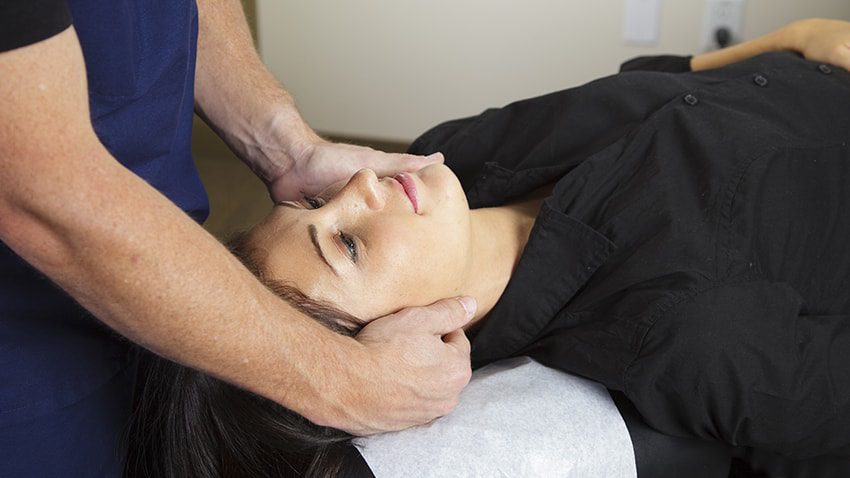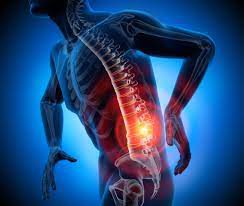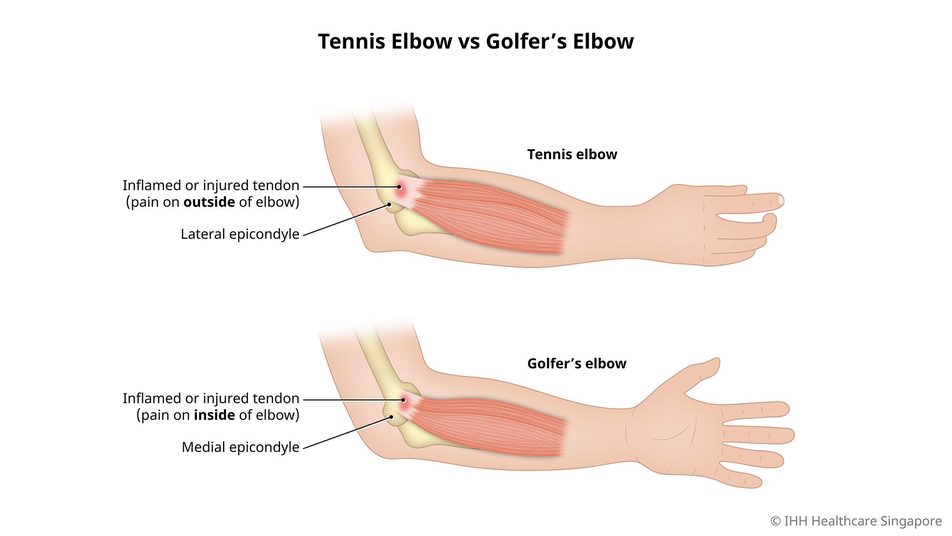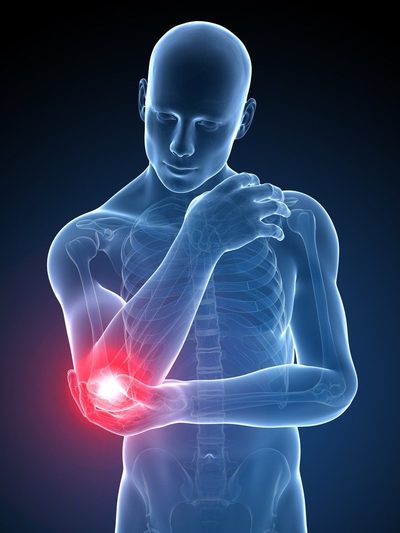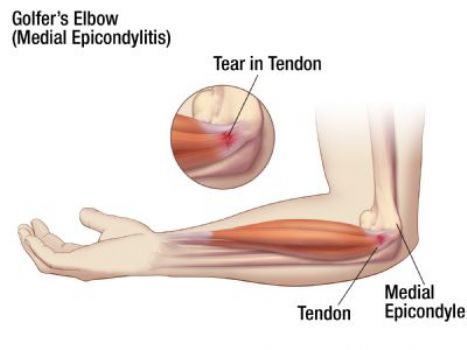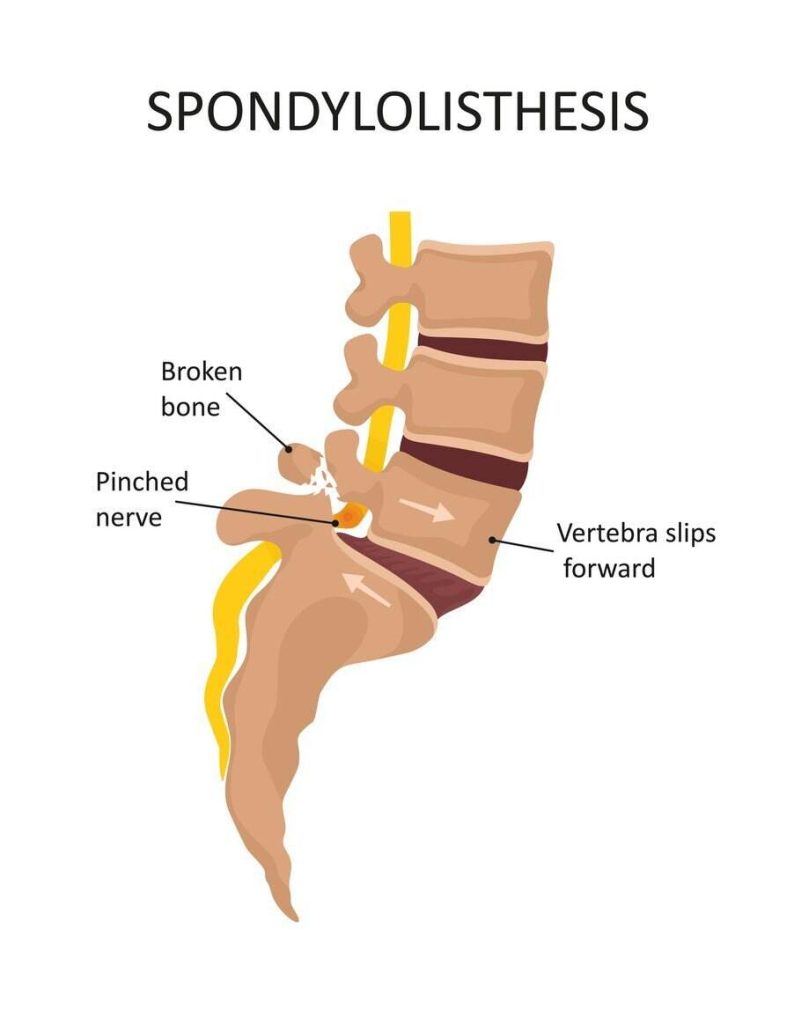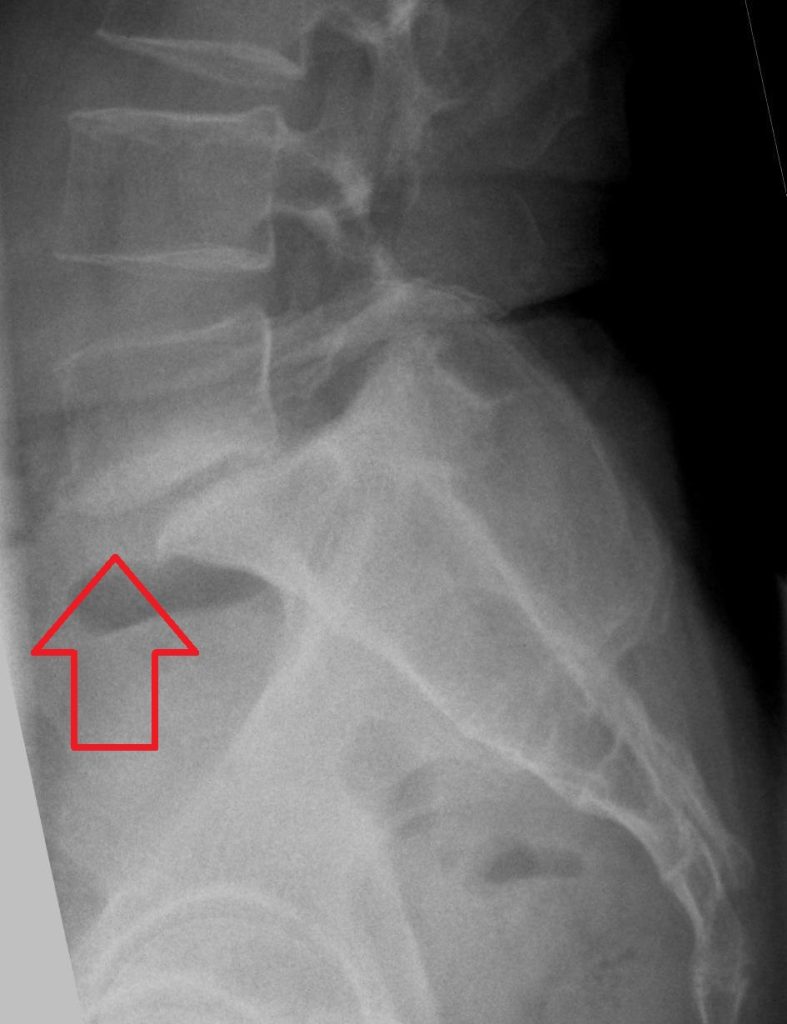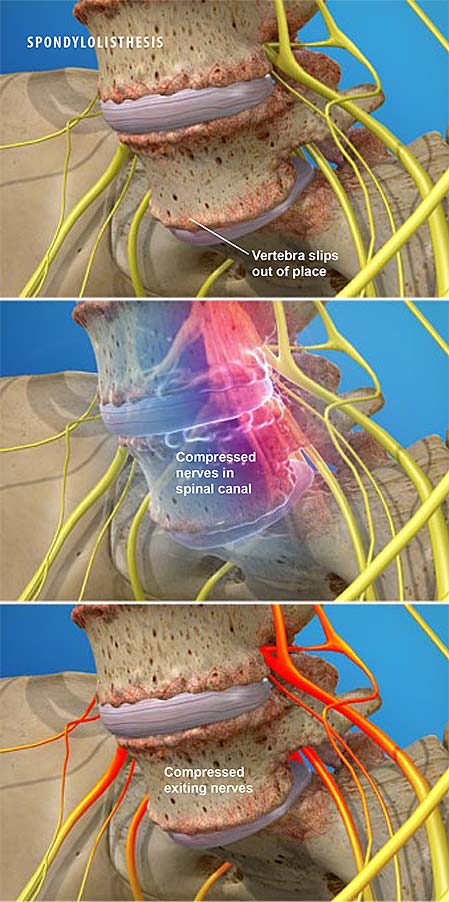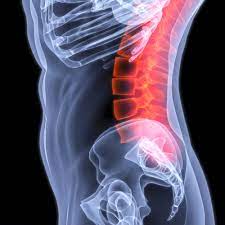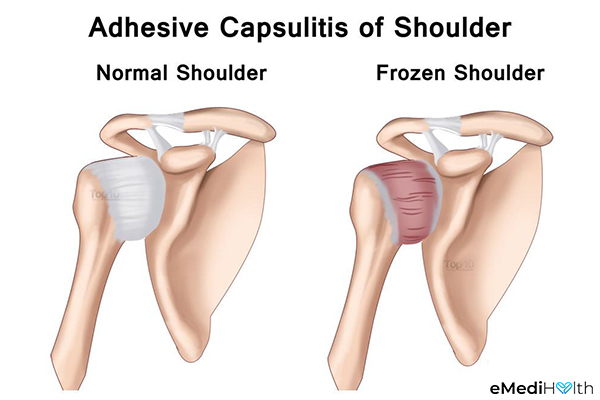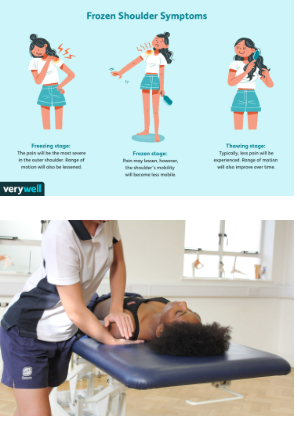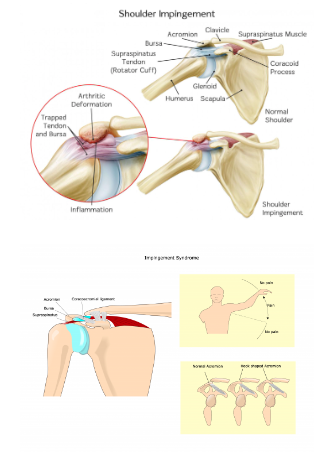What Is Buffalo Hump?
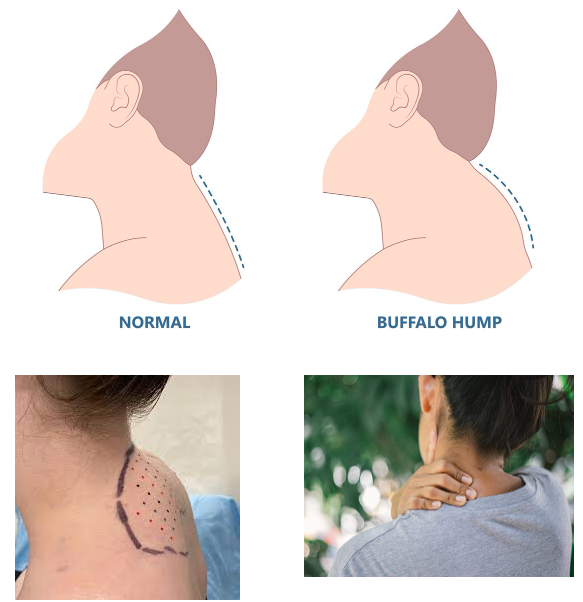
Basically, buffalo hump is fat deposited at the bottom of the neck (lower cervical spine). It not only affects the aesthetics of the neck, but it commonly comes with neck pain and shoulder pain.
What Are The Common Causes?
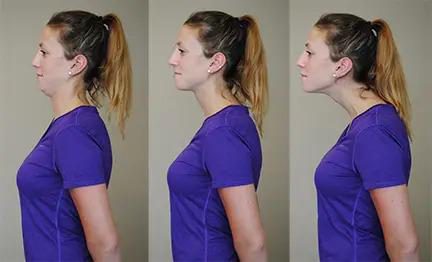
Forward Neck
When we develop hunch back, or forward head posture, our lower neck is exposed causing it to looked like a raised hump. Short term this would not be an issue, but long term neck pain, shoulder pain and even arm numbness may develop.
Cortisol Hormones
When we are under stress, cortisol hormones are released into the blood stream. Constant cortisol release leads to fat deposit (buffalo hump), insulin resistance, and body pains!

Both chronic forward neck posture, and chronic cortisol causes neck pain, and may eventually lead to arm and hand numbness!
How We Examine Buffalo Hump?

Posture Scan
This allows us to determine how much your neck has shifted forward. The average head weight is 10 pounds, every inch of forward head posture increases our head weight 10 pounds!
Heart Rate Variable
HRV measures our sympathetic (stress) and parasympathetic (relax) balance. Constant activation of sympathetic causes cortisol to raise!

If you’re experiencing any concerns related to buffalo hump, we encourage you to schedule a chiropractic consultation. Our team is here to assess your spinal health, provide personalized care, and guide you towards optimal well-being.
Your spine is the foundation of your health – let’s work together to keep it strong and aligned.
Wishing you a healthy and aligned future!








